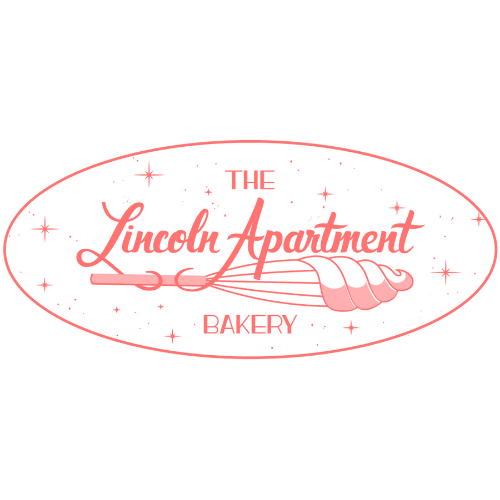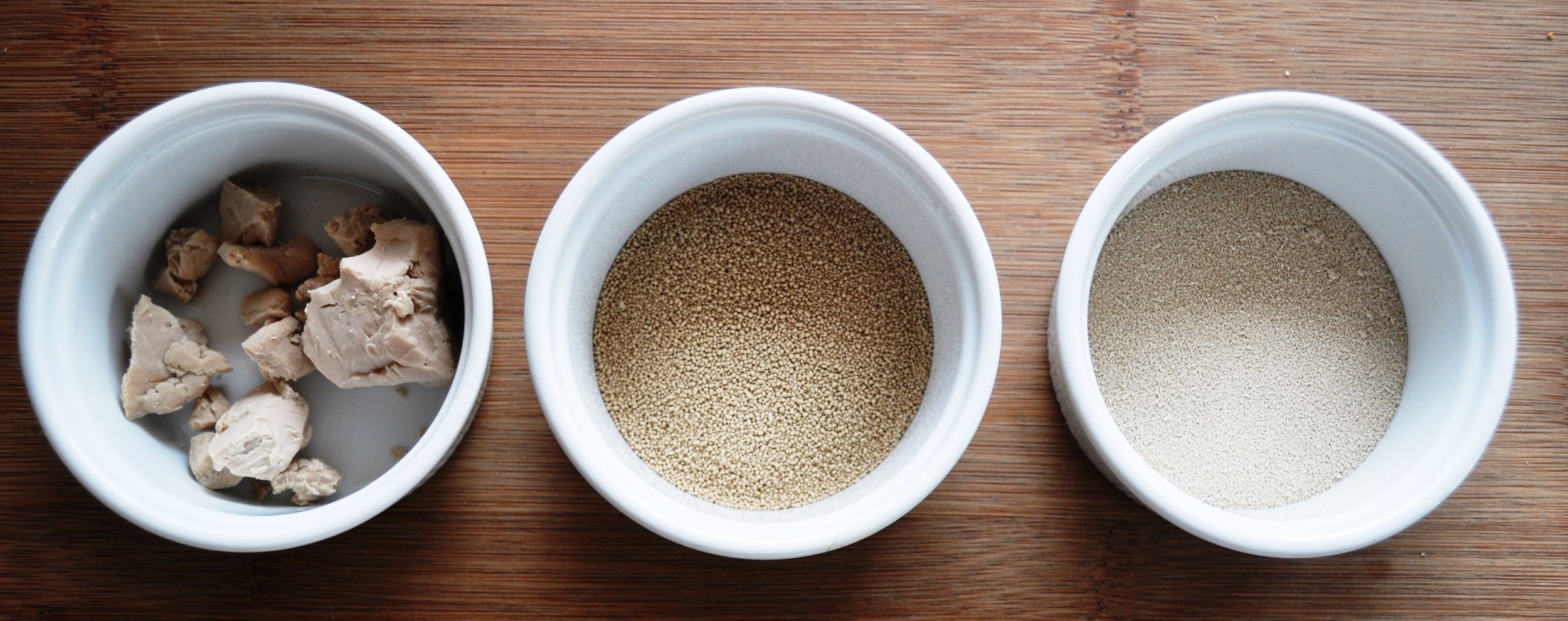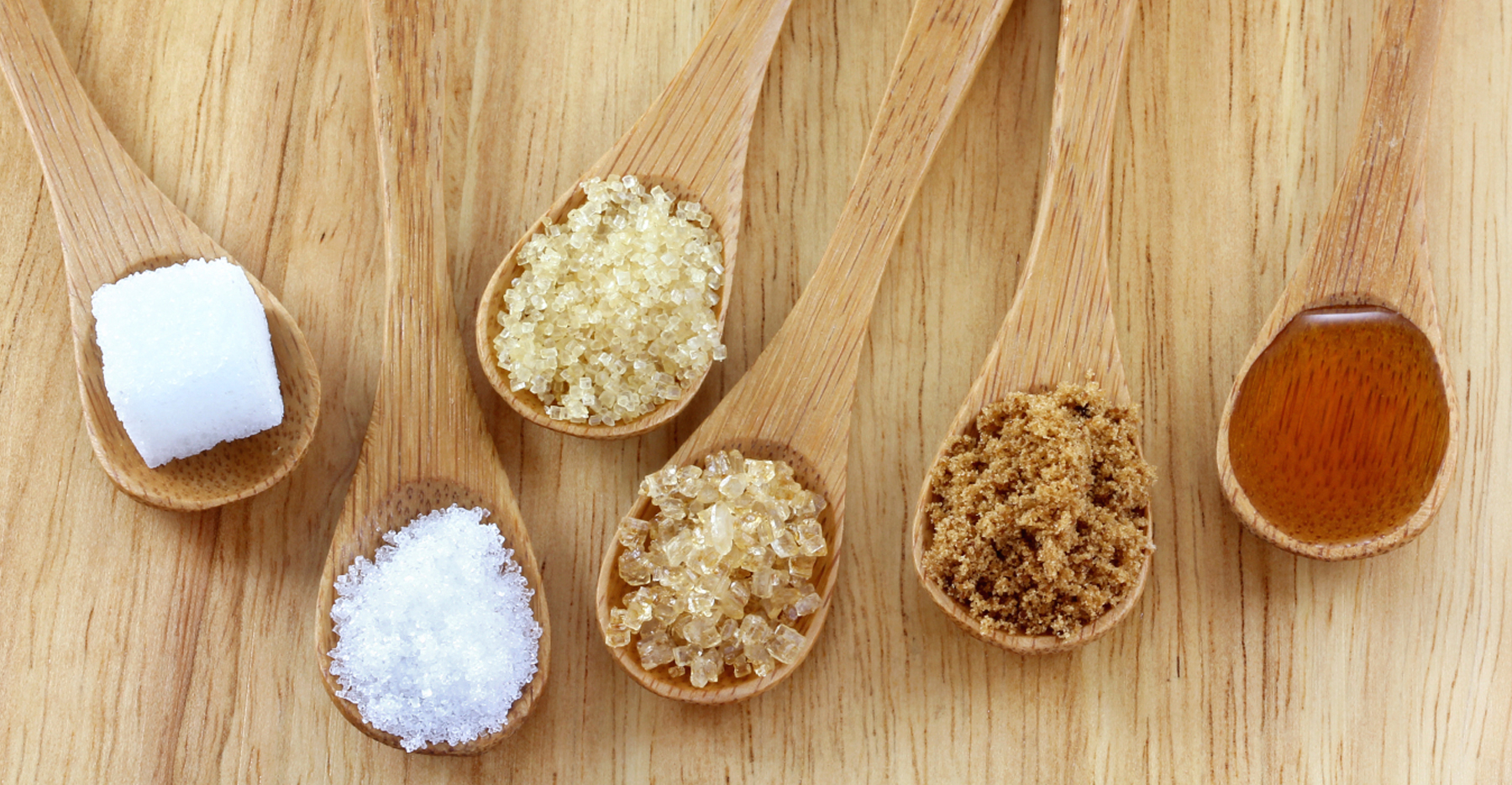Pizza, cinnamon rolls donuts, they’re all mouth-watering, all ridiculously addictive, and all... thanks to yeast!
Yeast is a living organism that belongs to the family of Saccharomyces Cerevisiae - but I like to call it “The Sugar-Eating Fungi” (awesome but obscure halloween costume anyone?) This tiny go-getter is so much more than a riser of bread - it’s used in beer, wine, and chocolate making, can be sprinkled on food to add protein, or as an umami-rice parmesan replacement, among other uses. But hey - we’re here for the baking, so let’s dive into that!
History Of Yeast: How It All Started
The whole biochemical fermentation process practiced today to make yeast was unknown some 5,000 years ago. However, that didn’t stop Egyptians from making yeast and alcoholic beverages. Apparently, they used natural microbial flour contamination along with fruit sugar and milled grains to produce yeast and wine.
For hundreds of years, yeast was produced as a byproduct of wine and brewing. Back then, bakers had no clue that yeast was a living microorganism.
Only after the invention of the microscope was it proven that yeast was a living organism. The man behind this discovery in the mid-1800s, was none other than Louis Pasteur (famous inventor of pasteurisation.)
What does Yeast Do exactly?
Easy! Yeast devours starch and sugar to produce alcohol and carbon dioxide. Since CO2 is trapped within the gluten-structure of the dough, it causes the dough to expand.
When bread (including all the sweet members of the bread family - I’m looking at you cinnabuns!) dough is kneaded, all those gas bubbles are trapped and distributed in the dough. This gas is what makes the bread rise. Most of the bread recipes made at home require an hour or two to rise. For more flavourful results, you can slow down the process by putting your dough in a cool place like a refrigerator and allowing it to very gradually ferment and expand (overnight is great!).
Fermented Flavor: During the dough fermentation process, acids and alcohols are also produced. While some of them escape during baking, some of them come into contact with other compounds to create unique flavors (hello sourdough!)
Know your yeast
These are the most common types of yeast used in baking, and differ mainly because of their moisture content
Cream Yeast: Don’t worry about it. A liquid form of yeast that is only used in industrial bakeries in huge quantities. It’s not available for home use.
Wild Yeast/ Sourdough Starter: A mixture of flour, water, and the wild yeasts and bacteria trapped from the air. A gooey, sticky paste, starters are a commitment, and need to be kept alive with new food and water on a consistent schedule. Creating your own starter to use for sourdough baking is really easy, plus there is serious satisfaction when you create your own starter and keep it alive to use. A good sourdough starter can last for years, even decades, with the proper loving care!
Compressed/Cake Yeast: This is a soft solid yeast with almost all the liquid removed. It’s not super easy to find these days, but if you do, use it all or keep it in the freezer, as it’ll go bad within 2 weeks.
Active Dry Yeast: This is the most commonly used yeast for home bakers. It contains coarse oblong granules of yeast with some live yeast cells enclosed in a layer of dead cells. This type of yeast can be frozen for a decade or kept at room temperature for around a year. This one you’ll need to hydrate and wake from its slumber though (more on that later)
Instant Yeast: Quite similar to active dry yeast but with a few changes. It has smaller granules and more live yeast cells. It’s more perishable than active dry yeast but the good thing is that it doesn’t need to be rehydrated and can be added to every kind of dough except for very dry doughs.
Rapid Rise Yeast: A form of instant yeast but with better output, i.e, faster rising than instant yeast because of excess amount of carbon dioxide production. Some experts, however, think that this yeast doesn’t produce as a good a flavour as other kinds.
Why Didn’t My Bread Rise?
There could be several reasons. These include:
Dead Yeast: The yeast used may be dead. To check it, add warm water and sugar and cross your fingers for a bubbly foamy reaction in about 5 minutes. If this doesn’t happen, then the yeast’s dead and you need to get your hands on a new packet.
Used too Cold/Hot Water: Very hot water kills the yeast (37C/100°F for cake yeast, 49C/120°F for active dry, and 54C/130°F for instant). Similarly, adding water which is below 21C/70°F won’t activate the yeast.
Salt Added Too Early: Yeast won’t multiply when salt is added too early as it restricts the yeast from multiplying and the bread doesn’t rise.
The Right Measurements
The amount of yeast needed depends on three factors:
The type of yeast: The amount of yeast needed largely depends on the type of yeast used. For example, more cake yeast is needed to raise the same amount of dough than instant or active dry yeast.
The temperature of the dough: Yeast work better in higher temperatures, so, you need less yeast in a warm environment. Moreover, you don’t really need more yeast if you want to go for a long rise. The only time you need more yeast is when you need a quick rise in a cold environment.
The length of time: The quicker the rise, the more yeast you need. Rising times can be controlled by changing the amount of yeast and temperature. For example, if a recipe requires 2 tablespoons of yeast and 3 hours of rising, but you’re going to be out for the day, you can reduce the yeast to a single tablespoon and let it rest in the refrigerator for a few more hours.
Fun Facts
About 25% of the genes found in yeast can also be found in the human genome. We’re a quarter yeast people!
















